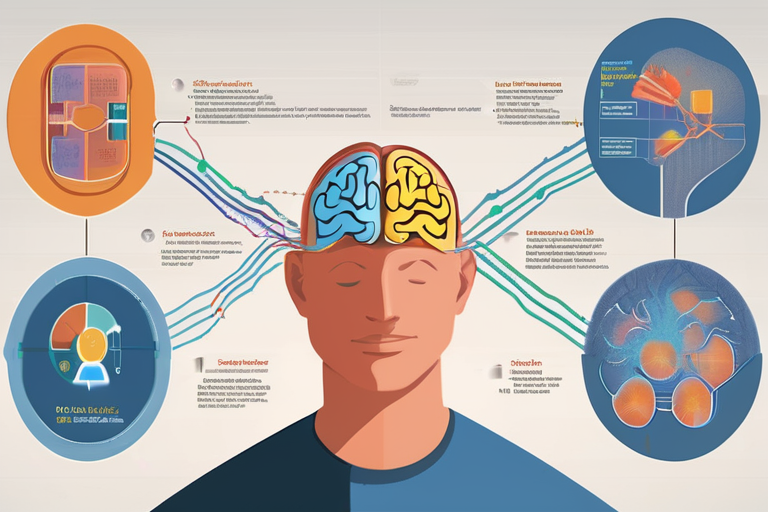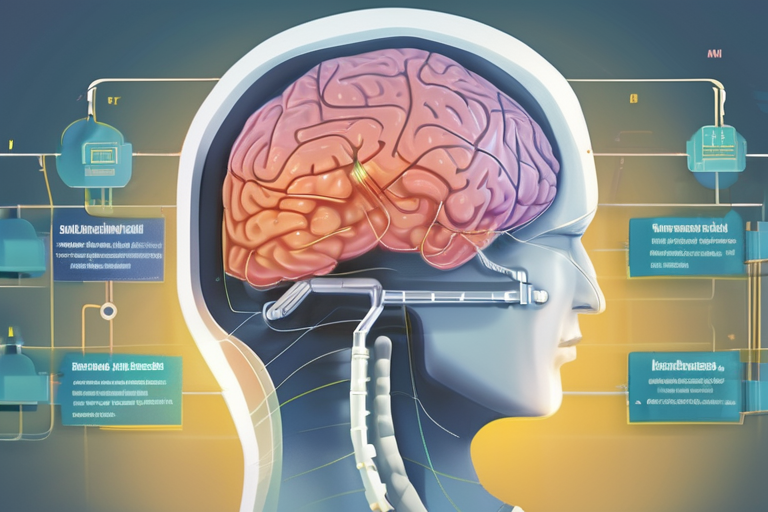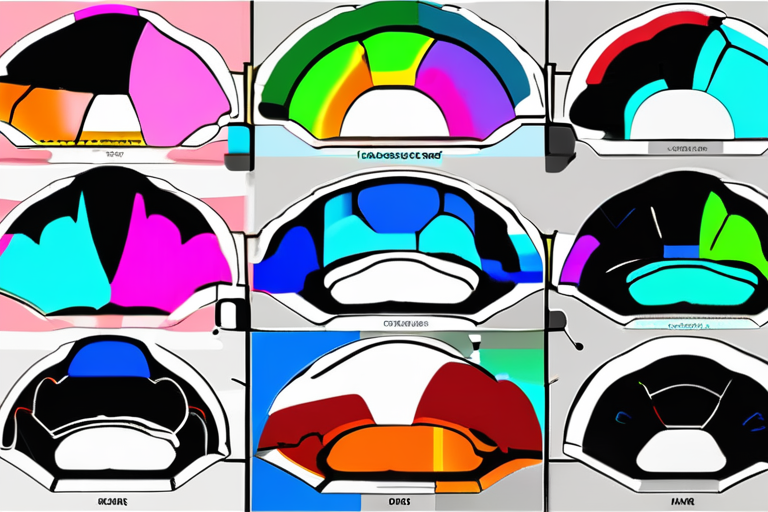Brain "Rewires" to Focus on Sounds from Any Direction: Groundbreaking Study Reveals Hidden Ability


Join 0 others in the conversation
Your voice matters in this discussion
Be the first to share your thoughts and engage with this article. Your perspective matters!
Discover articles from our community

 Hoppi
Hoppi

 Hoppi
Hoppi

 Hoppi
Hoppi

 Hoppi
Hoppi

 Hoppi
Hoppi

 Hoppi
Hoppi

Brain Mapping Breakthrough: Structure Doesn't Equal Function Researchers have made a groundbreaking discovery that challenges the long-held assumption that mapping …

Hoppi

Brain Mapping Breakthrough: Structure Doesn't Equal Function In a groundbreaking study, researchers have discovered that mapping the brain's neural connections …

Hoppi

Is My Red Your Red? Neuroscience Has an Answer A groundbreaking study has revealed that the human brain processes colors …

Hoppi

Babies' Brains 'Tick' More Slowly Than Ours, Which May Help Them Learn A recent study has found that babies' brains …

Hoppi

Landmark Study Charts Brain-Wide Map of Decision-Making in Mice In a groundbreaking collaboration across 22 labs, neuroscientists have created the …

Hoppi

Mapping the Brain's Structure Doesn't Fully Explain Its Function A team of researchers led by Sophie Dvali at Princeton University …

Hoppi